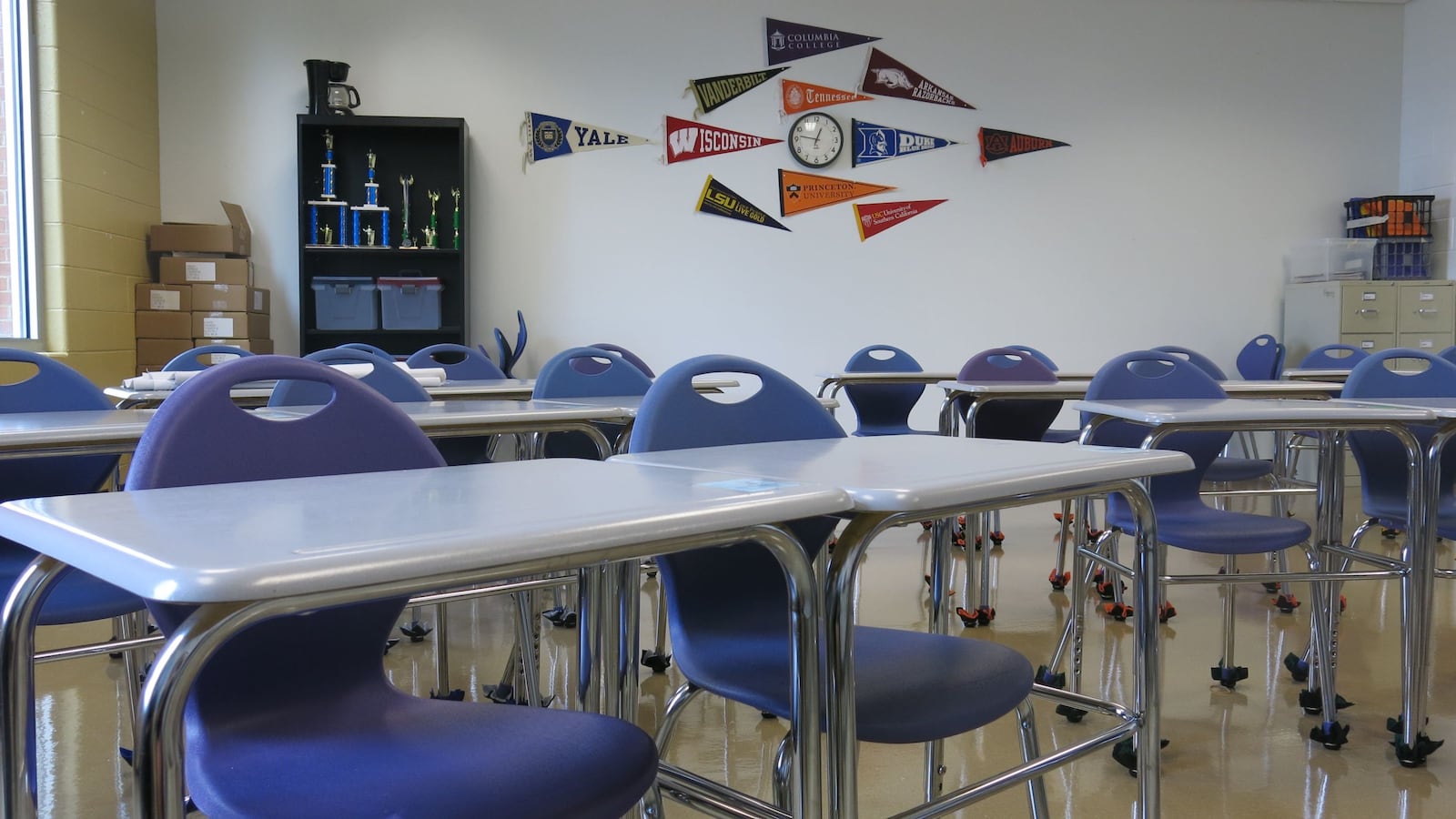Chicago Public Schools recently unveiled personalized “College Readiness Guides” for high school sophomores and juniors. The district hopes the reports will help continue to boost high school graduation and college enrollment rates.


As college and career advisers at Chicago high schools, we hope the guides will help, but we’re less optimistic. Some critical blind spots might make them a significant missed opportunity.
For one, there are a number of data problems in these new reports. Student grade-point averages and number of credits earned are eight months out of date — a period long enough for high schoolers to get off track or regain momentum. The reports also don’t account for whether students have even had the opportunity to meet some of the graduation requirements yet, unwittingly creating the impression that some of our students are off track when they may be doing just fine.
But perhaps the most glaring omission is not about students’ current performance, but about the success rates of the colleges they are on track to attend.
Students examining the reports will see the names of several dozen colleges color-coded according to whether each school, based on their GPAs and test scores, should be considered a “match,” a “reach,” or “unlikely.” That tells students what schools they could go to, but by itself is little help for determining which colleges a students should go to. The missing ingredient is specific guidance about identifying and comparing the colleges’ graduation rates.
Read more about Chicago’s new “College Readiness Guides.”
The significance of considering institutional graduation rates in college advising was cemented by groundbreaking research from the University of Chicago in 2008, and CPS has been wise to partner with the university’s school research arm ever since. This partnership makes it all the more surprising that the new reports fail to capitalize on the researchers’ key finding: Regardless of high school GPA, students graduate from college at higher rates when they attend more selective institutions. In other words, generally speaking, the harder it is to gain admission to a school, the more likely students are to succeed there.
So the absence of colleges’ graduation rates on CPS’s new reports represents a troubling missed opportunity. Graduates of Chicago Public Schools have been enrolling in college at increasing rates over the last decade, but there hasn’t been a meaningful increase in students’ college graduation rates since at least 2011. A powerful response to this phenomenon would be to examine more closely where CPS graduates have been enrolling, to identify colleges where our students have been less successful and where they might continue to be less successful in the future. Instead, the reports replicate the list of CPS graduates’ recent college destinations, threatening to reproduce the pattern of college enrollment without graduation.
Meanwhile, the guides place such a wide range of colleges in a student’s “match” category that they obscure the meaning of the concept. A “match” in college counseling refers to a college that is appropriately selective given a student’s academic profile. It helps a student distinguish what’s possible, but also, just as crucially, what might be ill-advised.
Yet the district’s new report often lumps together both the University of Illinois at Chicago and, for example, Harold Washington College, as “matches.” This implies that the two schools might be roughly equivalent options. Yet most college access professionals could quickly tell you that UIC admits students with an average GPA of 3.25 and has a six-year graduation rate of 58 percent, just under the national average. Harold Washington College, on the other hand, requires entering students only to have a high school diploma, and its students graduate at a rate of 18 percent.
For most students who qualify for UIC, then, it could be critical to their success to see Harold Washington as being not a “match” but an “undermatch” — a school less selective than they should aspire to. And while students and families may ultimately have valid reasons for choosing either one of these institutions, a conversation about graduation rates is critical.
Such an absence also explains why the report can list obviously high-risk opportunities like Harris-Stowe State University in St. Louis as a “match” for almost every student receiving this report. While this institution reports an average GPA for incoming students of 2.69, it also maintains the dubious honor of a graduation rate of 5.6 percent. The presence of this college’s name on a district publication, and its accompanying label of “match,” clearly suggests that CPS thinks that Harris-Stowe can be an appropriate destination for our students. Given the price and the risk involved, we would never recommend such a school to our students.
The nonchalance with which CPS has presented 40,000 students with a troublesome list of college options is disappointing. While much productive work has been spent over the years in supporting our students’ college enrollment, it is clear that we must pay more attention to where we are helping students enroll than ever before. We know the district can do better, and we hope it will.
Andrew Johnson is a National Board-certified social sciences teacher. Ryan Kinney is a professional school counselor who has previously served as a CPS master counselor. Both are credentialed college and career access advisers at Westinghouse College Prep in East Garfield Park.
About our First Person series:
First Person is where Chalkbeat features personal essays by educators, students, parents, and others trying to improve public education. Read our submission guidelines here.

